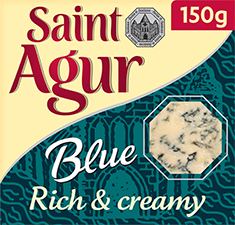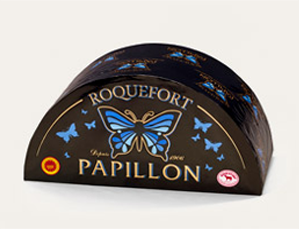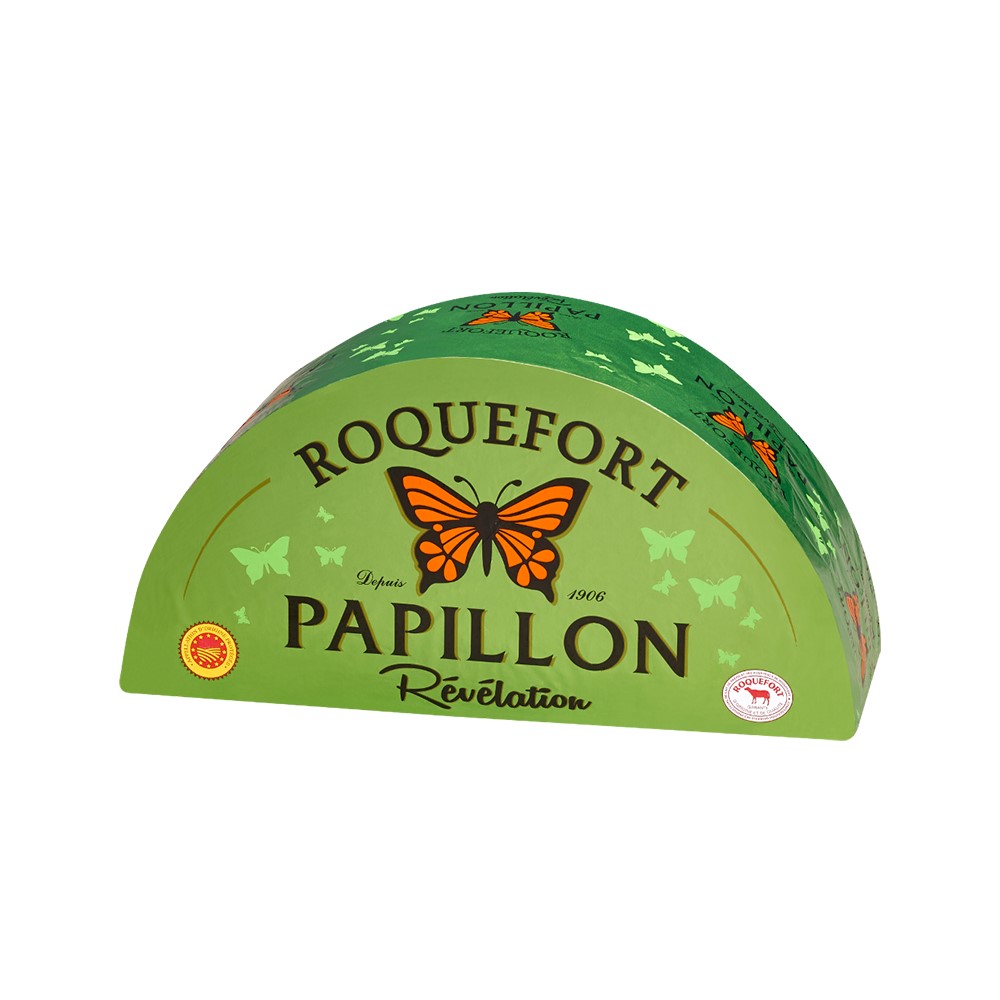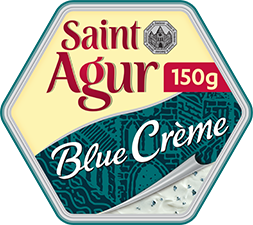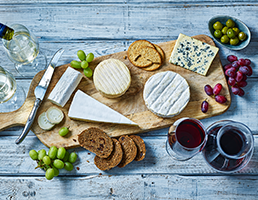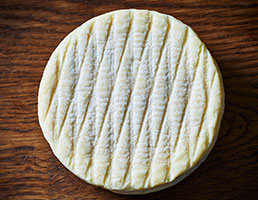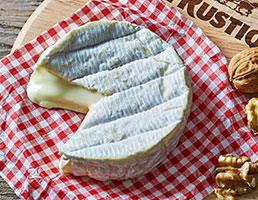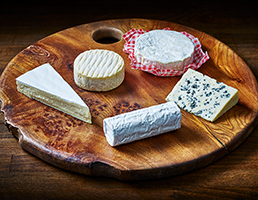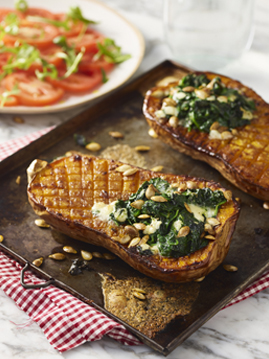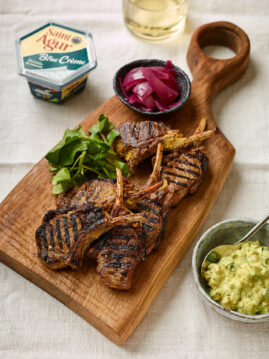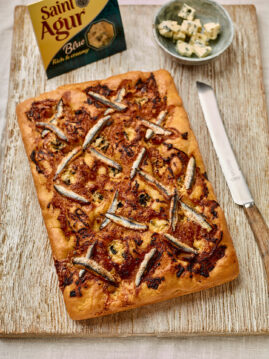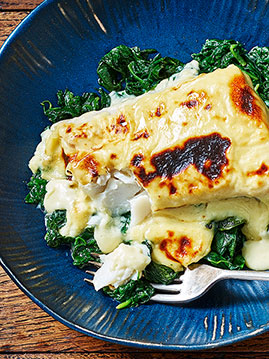Legend has it blue cheese was discovered in Roquefort, France, in the 7th century when a young shepherd left the bread and cheese he was eating for lunch in a cave and returned sometime later to discover his cheese had turned blue.
While the validity of the story has been debated and reportedly debunked, there is no question that blue cheese has been around for an exceptionally long time and remains a favourite cheese for many. But with so many blue cheeses available, how is it possible to tell them apart?
Different types of blue cheese
Blue cheeses vary in strength, taste, texture, and smell. Despite their unique characteristics, they are all related. Blue cheeses are a product of the relationship between milk and mould, and the different characteristics of blue cheeses depend on a number of factors.
Different members of the blue cheese family come from different milks: either cow, goat, or sheep’s milk, but each have been cured with the penicillium bacteria that gives the cheese its distinctive blue veins. The penicillium mould also gives it a unique odour and a strong tangy flavour – but variations throughout the production and maturation process differentiate each blue cheese from the others.
There are a number of stages of the production process where differing treatments could lead to changes in taste, texture and smell. For example, a cheese which is stirred constantly as the curds separate is expected to be crumblier when it comes to maturity. In addition, a cheese which is subject to more needles to increase oxygenation will have a stronger smell and taste.
The length of time a cheese is left to age also impact the strength of the taste and smell, and of course the conditions it is left to age in – whether humid or dry, this will cause a creamier or crumblier blue cheese.
Calabres, a Spanish blue cheese made from cows’ milk, is described as semi-hard cheese and takes about five months to age, while Roquefort, described as the strongest blue cheese, also takes about five months to age but it is made of sheep’s milk and it remains soft and crumbly.
The making of Saint Agur
Saint Agur is a creamy blue cheese which hails from the idyllic rural French village of Beauzac, located in the heart of south-central France.
Comprised mostly of milk from local Montbéliarde cows and enriched with cream, each cheese is hand-salted during the production process and pierced repeatedly with needles during the maturation stage to oxygenate the wheels of cheese and activate the growth of its blue veins. The cheese wheels are aged for 60 days to give them their signature tangy taste and creamy texture.
